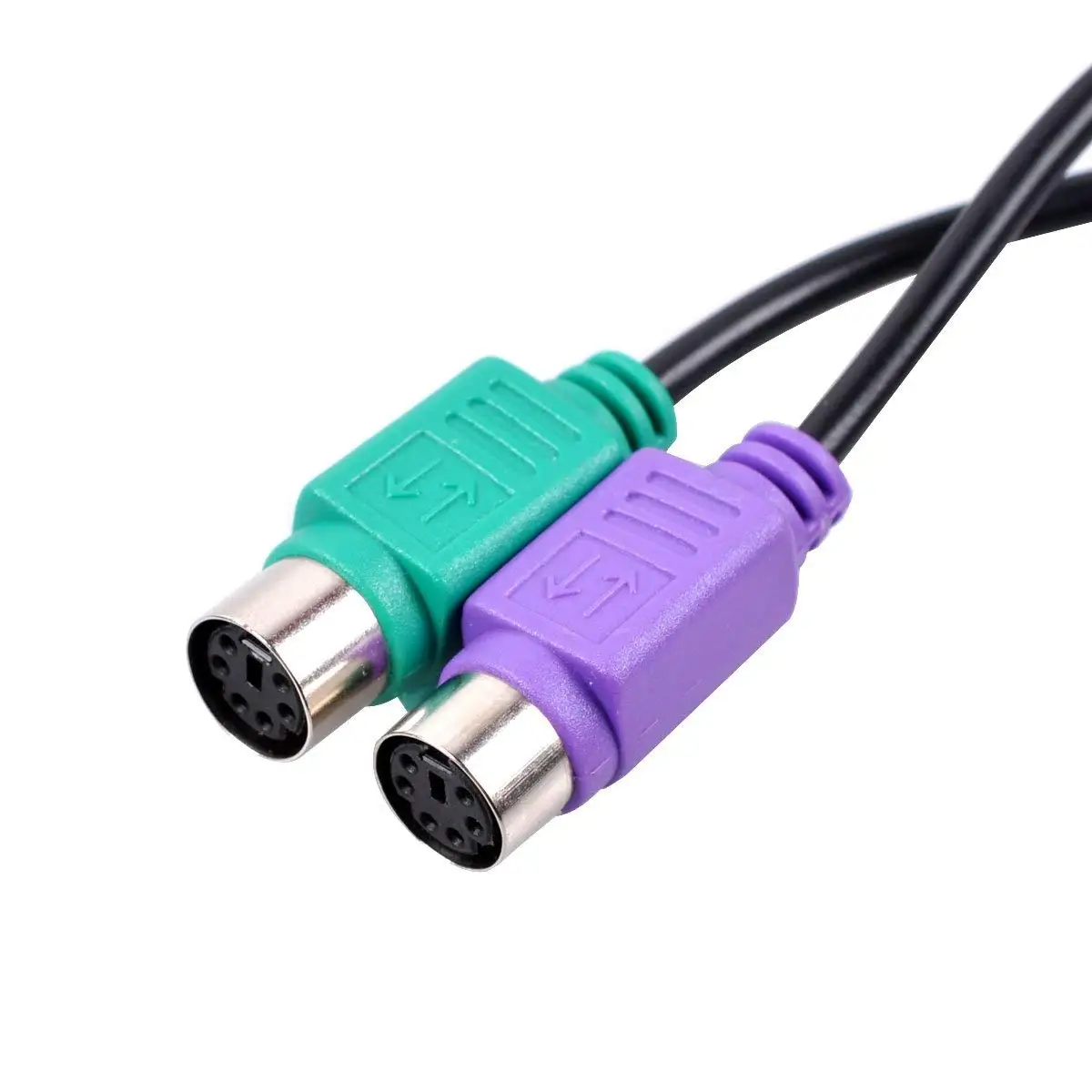

Differential linearity measures the difference between input levels corresponding to any two adjacent digital codes. This error is not possible to adjust or compensate for easily.

Computer time converter code#
Integral linearity error is the deviation of code mid-points of the transfer curve from a straight line. Linearity can be subdivided into integral linearity (relative accuracy) and differential linearity. Compensation can also be done by multiplying the digital number with a fixed gain calibration constant. It affects all output codes by the same percentage amount, and can normally be counteracted by amplification or attenuation of the analog input signal. Hence, the gain error is the error in the slope of the transfer curve. Gain or scale factor is the slope of the transfer curve from analog levels to digital numbers. The offset error affects all output codes with the same additive amount and can in most cases be sufficiently compensated for by adding an analog DC level to the input signal and/or by adding a fixed constant to the digital output. This should of course ideally be zero, i.e., the first bit transition should take place at a level representing exactly 1/2 LSB. Offset error is the difference between the analog input level which causes a first bit transition to occur and the level corresponding to 1/2 LSB. The specifications for an ADC are similar to those for a DAC: offset, gain, linearity, missing codes, conversion time and so on, as explained below. The task of the analog-to-digital converter (ADC) is the inverse of the digital-to-analog converter: to convert an analog input signal into a numerical digital value. Broesch, in Digital Signal Processing, 2009 Analog-to-Digital Conversion


 0 kommentar(er)
0 kommentar(er)
